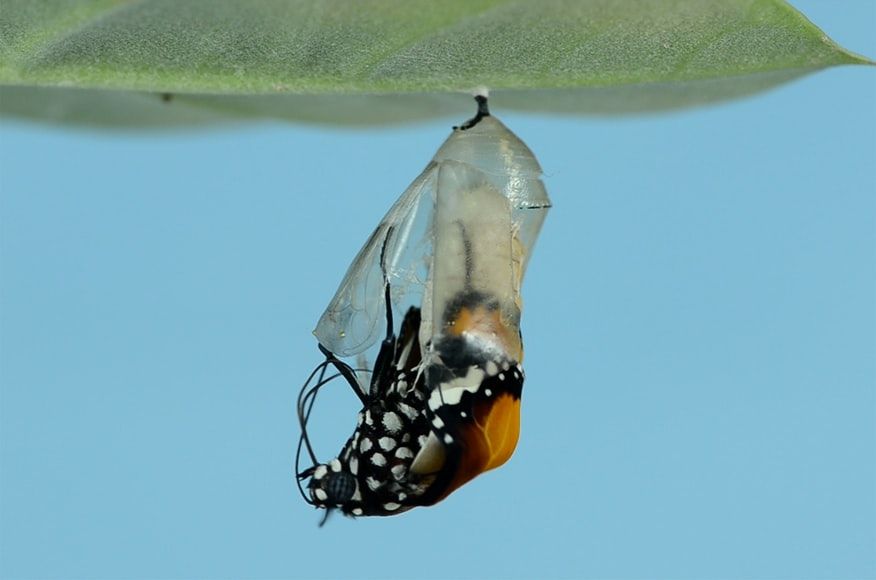A silver lining of the drought may be that the monarch butterflies are exploding back after a near-extinction event last year, with one central California beach recording a 3,500% increase in the winged critters.
The great annual monarch butterfly migration is on, and far larger numbers of the little black-and-orange winged beauties are being observed all over North America this autumn. In Texas, the “monarch highway” of Interstate 35 is fluttering with tens and thousands of the majestic insects. Mexico’s Rio Grande Valley was crawling with them for Dia de los Muertos, and Cape May, New Jersey is reporting them in large numbers as well.
So I'm guessing this is a migrating Monarch butterfly on it's way to Mexico. ¯\_(ツ)_/¯ pic.twitter.com/dicCUk7EaG
— James (@NoShirtFlipFlop) November 5, 2021
Closer to home, KRON4 reports that a deluge of monarch butterflies is arriving in the Bay Area. This is encouraging, as 2020 had biologists worried the monarchs were suffering a near-extinction event. Fewer than 2,000 were observed statewide last year, whereas in the 1980s, butterfly watchers were used to counting millions of them.
In our Certified Monarch Butterfly Waystation, we’ve seen more butterflies this year than usual, meaning it should be a good season to see them gather at their overwintering sites in Pismo Beach and Pacific Grove, CA. pic.twitter.com/magDg2VlOF
— MariSol Malibu (@MariSolMalibu) November 5, 2021
At central California’s Pismo Beach, one of their most iconic migratory stops for butterfly-watchers, observers have seen a 3,500% increase over last year’s count, according to the San Luis Obispo Tribune. That equates to about 7,000 of them, compared to only a couple hundred last year. These are dismal numbers compared to the million-plus they saw annually in the late 90s, but encouraging signs nonetheless.

#advertisement
The theory, and it’s just a theory, is that this year’s drought conditions made for warmer and drier flying, and the butterflies' numbers have increased as they fly south in the more accommodating climate. “Every fall, as temperatures begin to drop in North America, monarch butterflies from as far north as Canada set out on a migration to warmer, southern climates,” according to the Nature Conservancy. “The bright orange and black butterflies flap and glide from asters and goldenrods to coyote bush and rabbitbrush, traveling up to 100 miles per day.”

What’s crazy is that the butterflies do not complete these long trips — their descendants do. Each one only lives about five weeks, and their young continue the same flight and path year after year. So it’s the grandchildren and great grandchildren who actually complete the migration. But for now at least, it seems more generations of them will keep being born and fluttering on.
Related: Check Out This Gorgeous Cluster Of Monarch Butterflies [SFist]
Image: @kathysg via Unsplash


